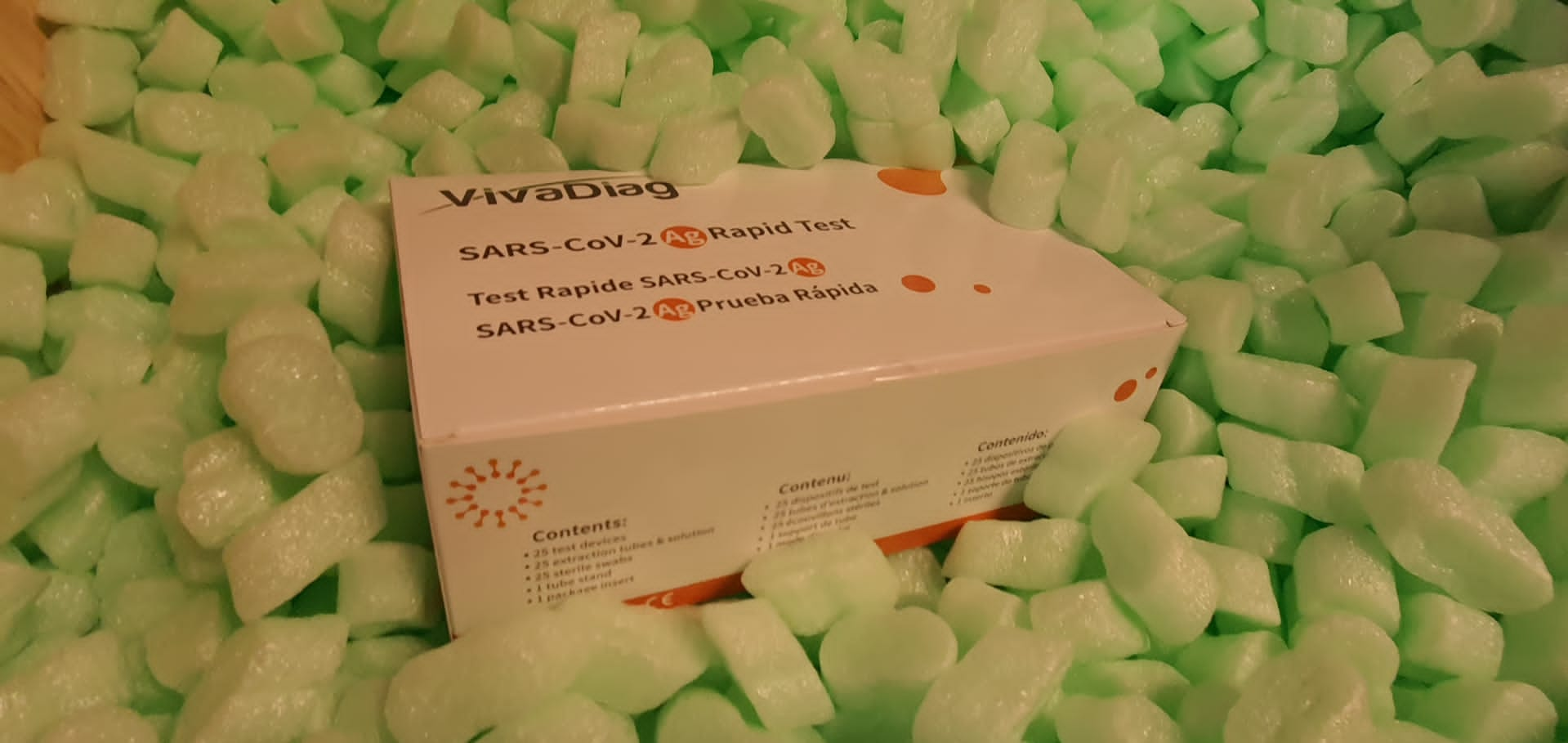Scientific collections such as the U.S. National Museum (USNM) are crucial to filling data gaps in molecular systematics research. The world taxonomic obstacle has resulted in a discount of professional taxonomists producing new collections of uncommon or understudied taxa and these massive historic collections stands out as the solely dependable supply of fabric for some taxa. Integrated systematics research utilizing each morphological examinations and DNA sequencing are sometimes required for resolving many taxonomic points however as DNA strategies usually require partial or full destruction of a pattern, there are numerous components to think about earlier than implementing harmful sampling of specimens inside scientific collections.
We current a strategy for using archive specimens that features two essential phases: 1) totally documenting specimens destined for harmful sampling-a course of known as digital vouchering, and 2) the pipeline used for entire genome sequencing of archived specimens, from extraction of genomic DNA to meeting of putative genomes with fundamental annotation. The course of is offered for eleven specimens from two completely different insect subfamilies of medical significance to people: Anophelinae (Diptera: Culicidae)-mosquitoes and Triatominae (Hemiptera: Reduviidae)-kissing bugs.
Assembly of entire mitochondrial genome sequences of all 11 specimens alongside with the outcomes of an ortholog search and BLAST towards the NCBI nucleotide database are additionally offered.Acinetobacter indicus pressure UBT1 has proven environment friendly lipase (243 U ml-1) and biosurfactant (61.1% E24% emulsification and floor pressure discount to 37.7 mN m-1) manufacturing capabilities utilizing agro-industrial waste as sole carbon supply. We report right here the draft genome sequence of A. indicus pressure UBT1 having genome measurement of two.97 Mb with 45.90% GC content material. Total 2721 coding genes have been predicted utilizing National Center for Biotechnology Information-Prokaryotic Genome Annotation Pipeline (NCBI-PGAP).
The entire genome shotgun challenge sequence information are accessible by means of NCBI Gene Bank underneath accession no. JABFOI000000000. PGAP annotation revealed the presence of the triacylglycerol lipase, phospholipase and so on., that circuitously confers the oil consumption competency to the pressure UBT1. Rapid Annotation utilizing the Subsystem Technology (RAST) server used for mapping the genes to the subsystem resulted in 278 subsystem with 30% subsystem protection. The draft genome information can be utilized to exploit the A. indicus pressure UBT1 for its advance biotechnological software and additionally for additional comparative genomic research.
Discovery of novel community-relevant small proteins in a simplified human intestinal microbiome
The intestinal microbiota performs a vital function in defending the host from pathogenic microbes, modulating immunity and regulating metabolic processes. We studied the simplified human intestinal microbiota (SIHUMIx) consisting of eight bacterial species with a selected deal with the invention of novel small proteins with lower than 100 amino acids (= sProteins), a few of which can contribute to form the simplified human intestinal microbiota. Although sProteins perform a variety of important features, they’re nonetheless usually missed in genome annotations, and little is understood about their construction and operate in particular person microbes and particularly in microbial communities.
We created a multi-species built-in proteogenomics search database (iPtgxDB) to allow a complete identification of novel sProteins. Six of the eight SIHUMIx species, for which no full genomes have been accessible, have been sequenced and de novo assembled. Several proteomics approaches together with two earlier optimized sProtein enrichment methods have been utilized to particularly enhance the probabilities for novel sProtein discovery. The search of tandem mass spectrometry (MS/MS) information towards the multi-species iPtgxDB enabled the identification of 31 novel sProteins, of which the expression of 30 was supported by metatranscriptomics information.
Using artificial peptides, we have been in a position to validate the expression of 25 novel sProteins. The comparability of sProtein expression in every single pressure versus a multi-species neighborhood cultivation confirmed that six of those sProteins have been solely recognized within the SIHUMIx neighborhood indicating a probably important function of sProteins within the group of microbial communities. Two of those novel sProteins have a possible antimicrobial operate. Metabolic modelling revealed {that a} third sProtein is situated in a genomic area encoding a number of enzymes related for the neighborhood metabolism inside SIHUMIx.
We define an built-in experimental and bioinformatics workflow for the invention of novel sProteins in a simplified intestinal mannequin system that may be generically utilized to different microbial communities. The additional evaluation of novel sProteins uniquely expressed within the SIHUMIx multi-species neighborhood is predicted to allow new insights into the function of sProteins on the performance of bacterial communities such as these of the human intestinal tract. Video summary.

CADD-Splice-improving genome-wide variant impact prediction utilizing deep learning-derived splice scores
Splicing of genomic exons into mRNAs is a crucial prerequisite for the correct synthesis of human proteins. Genetic variants impacting splicing underlie a considerable proportion of genetic illness, however are difficult to establish past these occurring at donor and acceptor dinucleotides. To handle this, numerous strategies purpose to predict variant results on splicing. Recently, deep neural networks (DNNs) have been proven to obtain higher leads to predicting splice variants than different methods. Here, we use a just lately printed experimental information set to examine a number of machine studying strategies that rating variant results on splicing. We combine the perfect of these approaches into common variant impact prediction fashions and observe the impact on classification of recognized pathogenic variants.
[Linking template=”default” type=”products” search=”Control Genomic DNA – Human Female” header=”3″ limit=”156″ start=”2″ showCatalogNumber=”true” showSize=”true” showSupplier=”true” showPrice=”true” showDescription=”true” showAdditionalInformation=”true” showImage=”true” showSchemaMarkup=”true” imageWidth=”” imageHeight=””]
We combine two specialised splicing scores into CADD (Combined Annotation Dependent Depletion; cadd.gs.washington.edu ), a broadly used device for genome-wide variant impact prediction that we beforehand developed to weight and combine various collections of genomic annotations. With this new mannequin, CADD-Splice, we present that inclusion of splicing DNN impact scores considerably improves predictions throughout a number of variant classes, with out compromising total efficiency. It has been unclear how greatest to combine such process-specific scores into genome-wide variant impact predictors.


